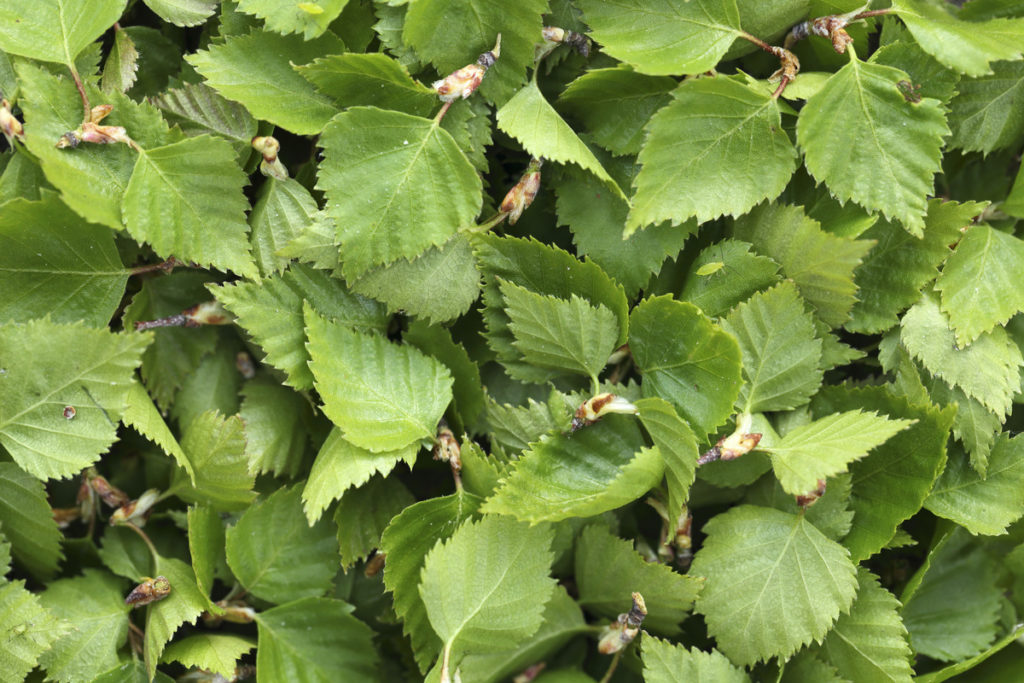

Foraging is perhaps an efficient solution to increase a homegrown meals plan. When foraging, you is possibly shocked by among the many many many good wild edibles you’ll uncover.
As an example, are you acutely aware that there are a selection of bushes with edible leaves? Numerous are widespread yard species.
Foraging for wild greens is easier than you might need imagined.
You may uncover a considerable quantity of surprisingly delicious components to eat even applicable beneath your nostril in your particular specific individual yard.
Nonetheless don’t merely look down. Chances are you’ll have to hunt for too.
Many foragers begin by discovering out to acknowledge quite a few edible ‘weeds’, much like stinging nettles, dandelions, wild alliums, broadleaf plantain and chickweed, for instance.
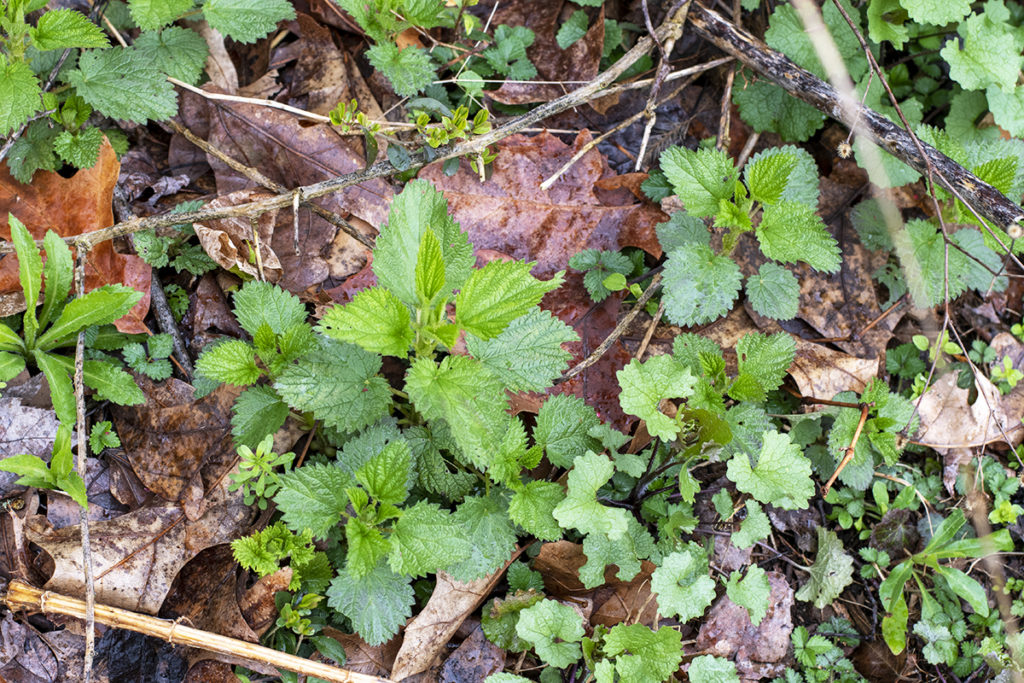
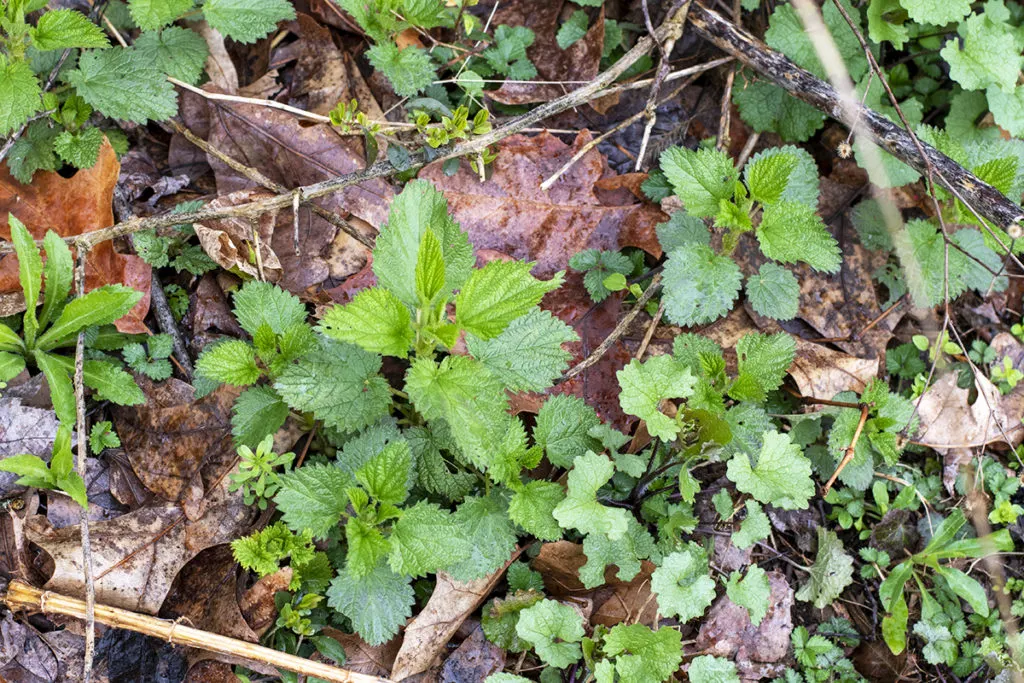
There are an infinite differ of untamed edibles that develop on the underside.
Novice foragers would possibly even shortly be taught to acknowledge widespread edible berries, nuts and hedgerow fruits. Some might even make forays into fungi foraging and even take a foraging tour to a close-by coast to forage for seaweeds and coastal vegetation.
Many foragers, nonetheless, miss out on the bounty of delicious modern leaves from bushes and enormous shrubs with edible leaves of their setting.
There are a collection of bushes which have leaves which may probably be delicious contained within the spring after they first unfurl. They’re usually an attention-grabbing and useful addition to spring salads.
Totally completely totally different bushes have leaves that might probably be consumed all season prolonged.
Why Develop Your Personal Timber With Edible Leaves?
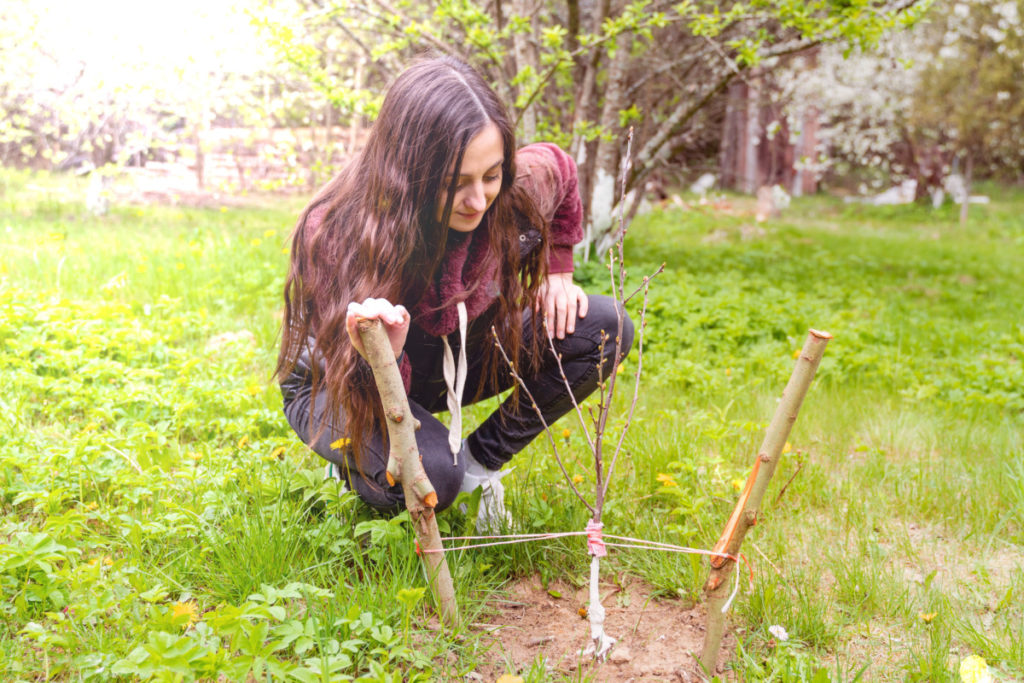
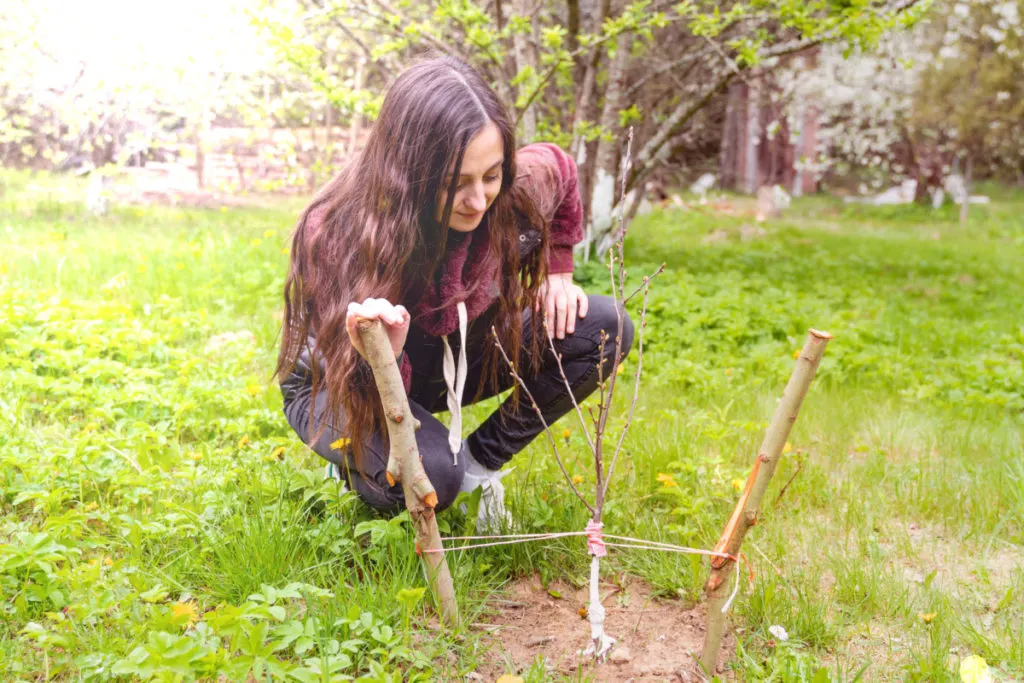
Rising your particular specific individual bushes with edible leaves often is a delightful thought. Timber usually take little work to develop, notably in contrast with annual crops.
Which suggests you will purchase an usually appreciable yield of edible leaves with out heaps work.
Plenty of these bushes are good additions to a low-maintenance forest yard.
Some are moreover good for wild hedgerows or shelterbelts. They’re usually utilized as stand-alone ornamental or specimen bushes to bolster your exterior space.
Most don’t solely current edible leaves. Moreover they current quite a few totally completely totally different yields, from gasoline or picket for crafting or enchancment, to fruits, nuts, seeds, sap and a substantial amount of further points with good use spherical your homestead.
The edible leaves are just one additional bonus on a protracted itemizing of benefits. Along with foraging the leaves from these bushes, chances are high you will need to develop them as effectively.
10 Timber To Develop for Edible Leaves
For people who want to reap some nice advantages of this unusual current of spring greens, listed beneath are some bushes with edible leaves to look out for.
In case you would not have already obtained examples close to the place you reside, these are bushes that it’s best to positively take into accounts rising in your yard.
1. Beech
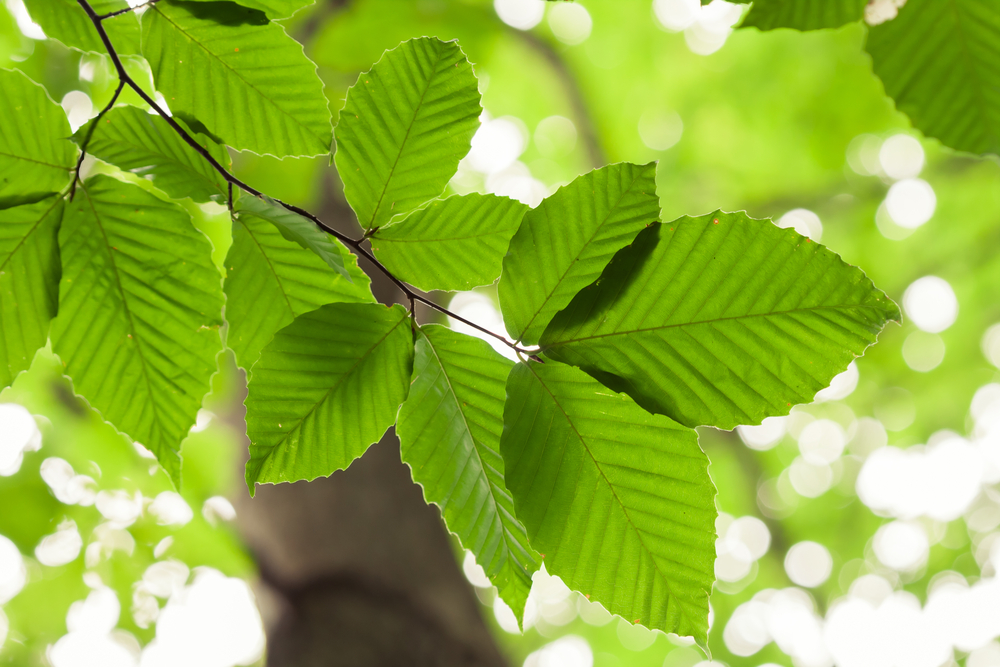

The European beech (Fagus sylvatica), American beech (Fagus grandifolia) and Japanese beeches (Fagus crenata and Fagus japonica) all have leaves which may probably be edible when very modern and new.
Very very very very first thing contained within the spring, when the leaves first unfurl, they’re usually picked and eaten raw.
They appear to be an incredible salad ingredient with a lightweight and good kind that resembles that of sorrel. Nonetheless, these are good to eat solely over a restricted season.
Solely the very youngest leaves ought for use since older leaves shortly develop to be sturdy.
European Beech is often used for hedging and in gardens, along with being current in wild woodland.
It ought to develop to 30m tall if left unchecked. Nonetheless though intolerant of coppicing, it copes effectively with delicate pruning, and so can merely be saved in affirm for hedging, or a wilder yard border.
American Beech is one totally different US native for US gardens. This tree makes a shorter specimen, rising to spherical 10m in peak when totally grown.
It might be all kinds for a woodland or forest yard, or as an individual specimen tree or shade tree.
Beeches are dynamic accumulators and good for forest gardens. They’re dynamic accumulators which even have quite a few totally completely totally different makes use of.
Every varieties can develop in full shade, semi-shade or no shade, and can cope with quite a few assorted soil circumstances. Nonetheless, they like soil that is well-drained and mustn’t all kinds for fastidiously waterlogged web sites.
2. Birch
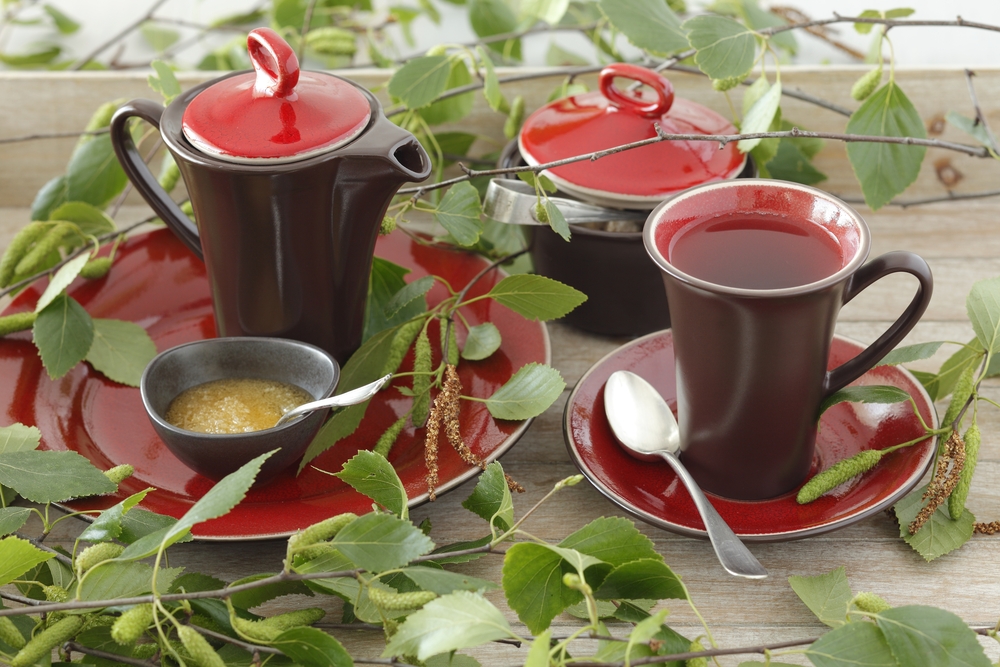
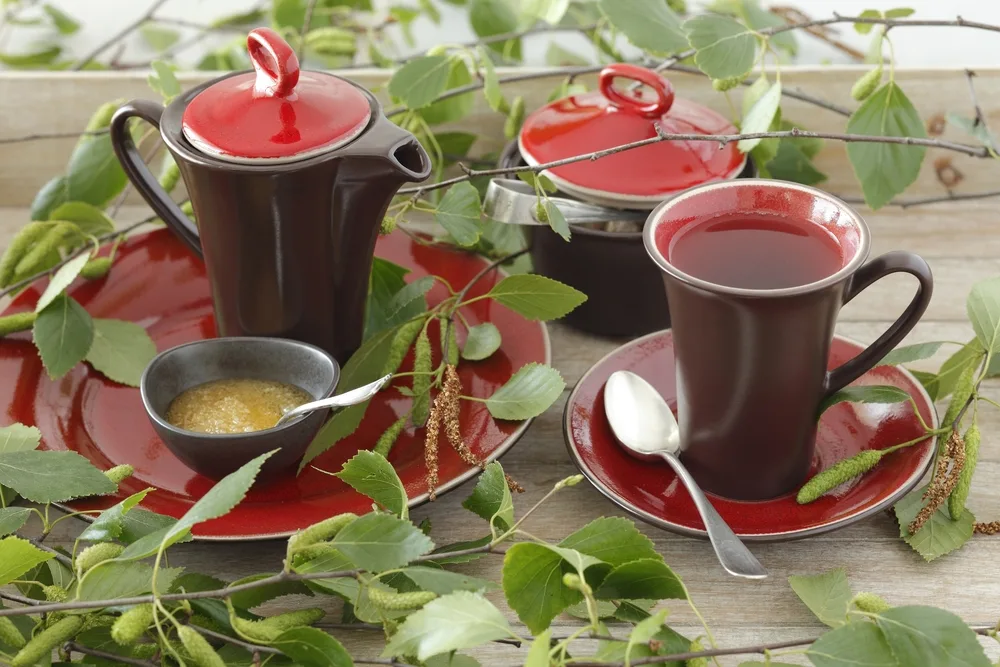
European White Birch/ Silver Birch leaves may probably be harvested and utilized in salads early contained within the spring. They’ve a contact of bitterness, significantly akin to radicchio, and so are best utilized along with totally completely totally different, milder leaves.
The leaves may probably be dried and used alongside totally completely totally different herbs to make a healthful pure tea.
All via the US, the place there are pretty quite a lot of Betula subspecies, the leaves may probably be harvested for a tea identical to typical inexperienced tea.
Nonetheless, the leaves are usually thought-about to be too sturdy in kind for use in a salad. They’re often utilized in order so as in order so as to add kind and nibbled in small components in a survival state of affairs.
Birch bushes may probably be harvested for sap, and bark for pretty quite a lot of makes use of. Birch bushes moreover host chaga – a fungus well-known to foragers.
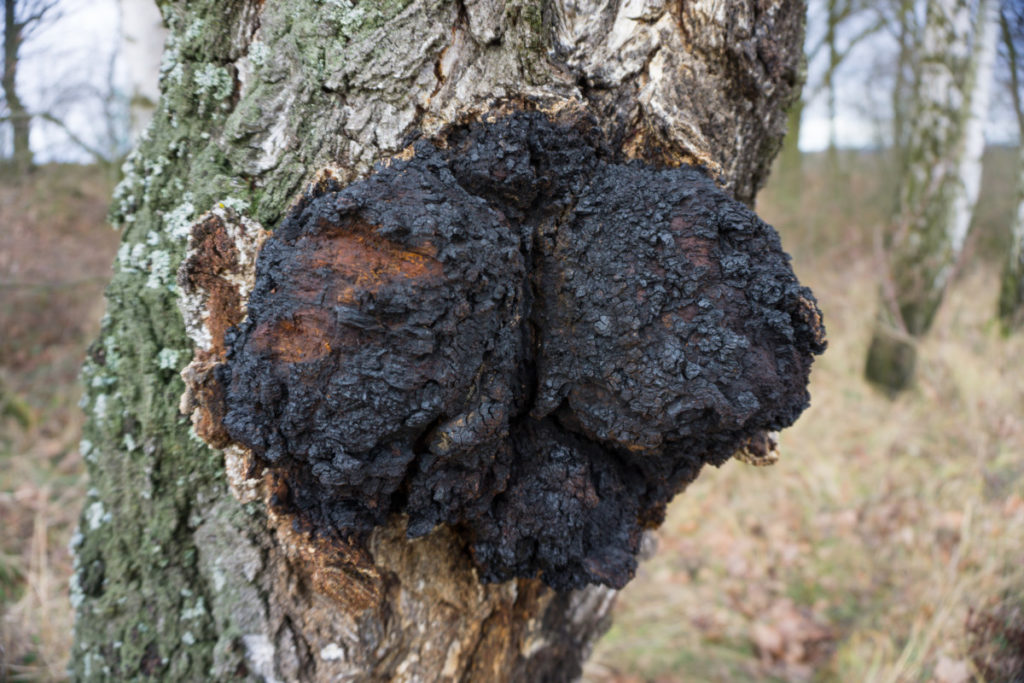

Warning is required with birch species, nonetheless, as some of us have allergic reactions.
Birch bushes of many different subspecies have quite a few makes use of. They’re usually implausible pioneer species and will probably be utilized for loads of capabilities, every contained within the yard and when harvested.
The European birch, paper birch (Betula pendula) and a substantial amount of totally completely totally different birches is perhaps useful contained within the preliminary establishment of a woodland or a forest yard.
They develop to spherical 20m in peak.
3. Hawthorn
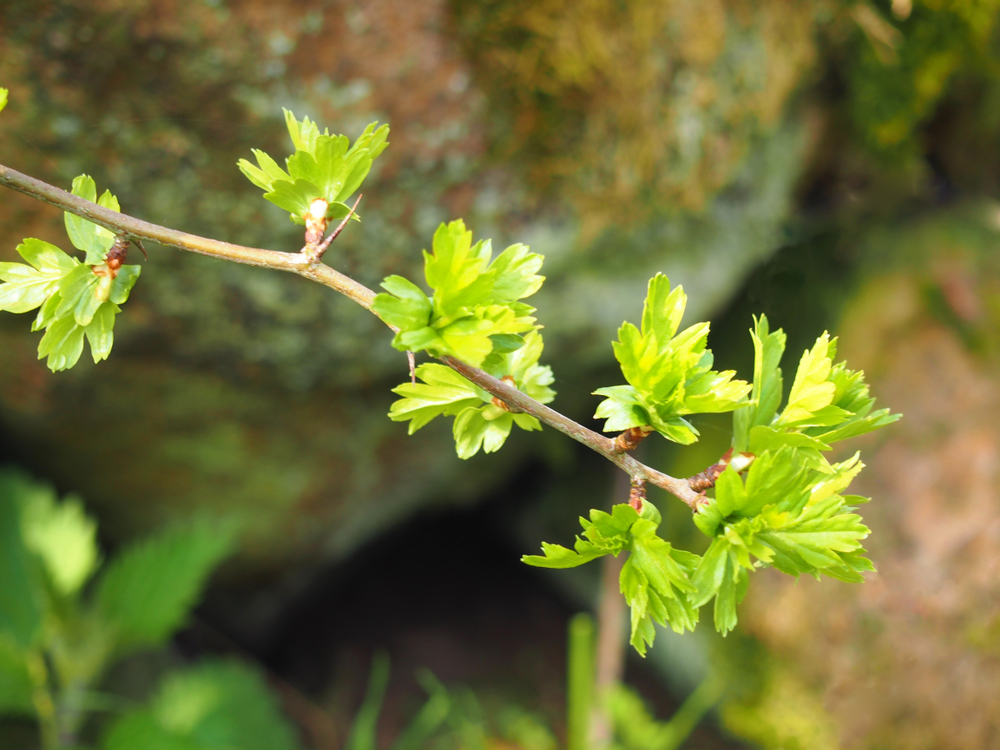
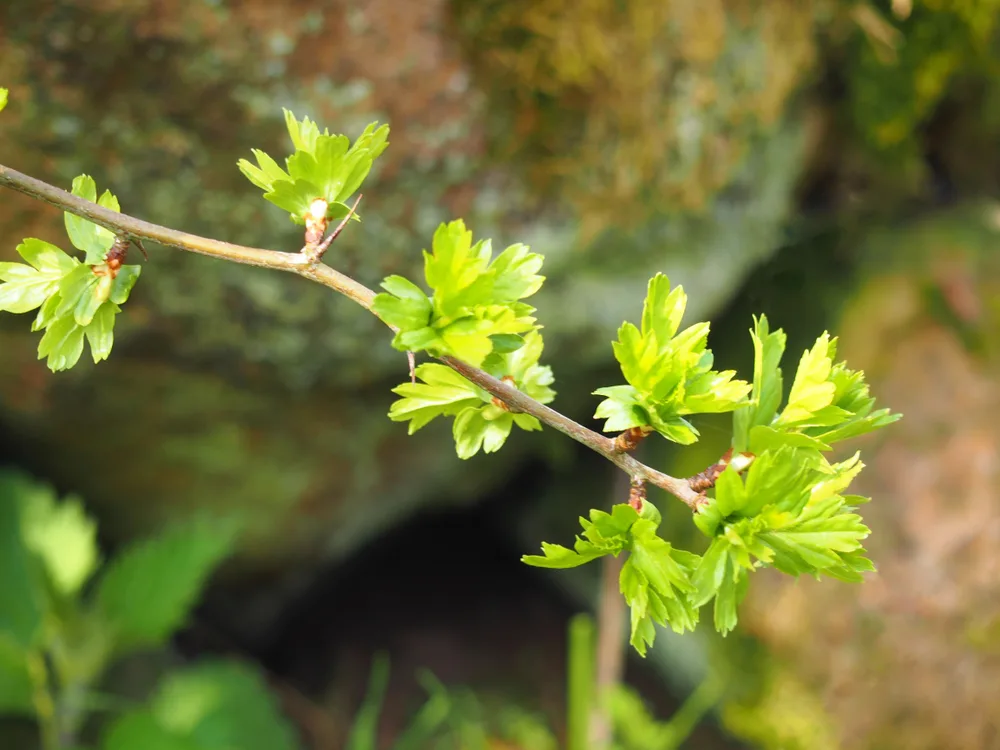
Crataegus monogyna, native to Europe, nonetheless naturalized contained in the USA and Canada, is traditionally a broadly acknowledged edible in components of the UK.
The ‘haws’ or fruits, are the right acknowledged forager’s meals and are used for jams and jellies. Nonetheless the youthful leaves are moreover a wonderful hedgerow snack.
In some areas, the small tree or shrub is known as ‘bread and cheese’.
It would not kind like these items. Nonetheless has been given the arrange as a consequence of it is a good wild edible to munch on when out for a stroll.
These leaves are one amongst many tastiest spring greens. They’ve a rich, nutty kind and are good in salads.
In case you plan to introduce this tree to your yard, don’t forget that it is maybe invasive in its non-native differ.
It is extraordinarily naturalized and a attainable pest in northern California, for instance, and could also be problematic on the Pacific coast of North America.
Uncover, moreover, that there is a differ of various Crataegus species, and though none are poisonous, they will not all be as palatable on account of the subspecies talked about above.
4. Linden/ Lime Timber
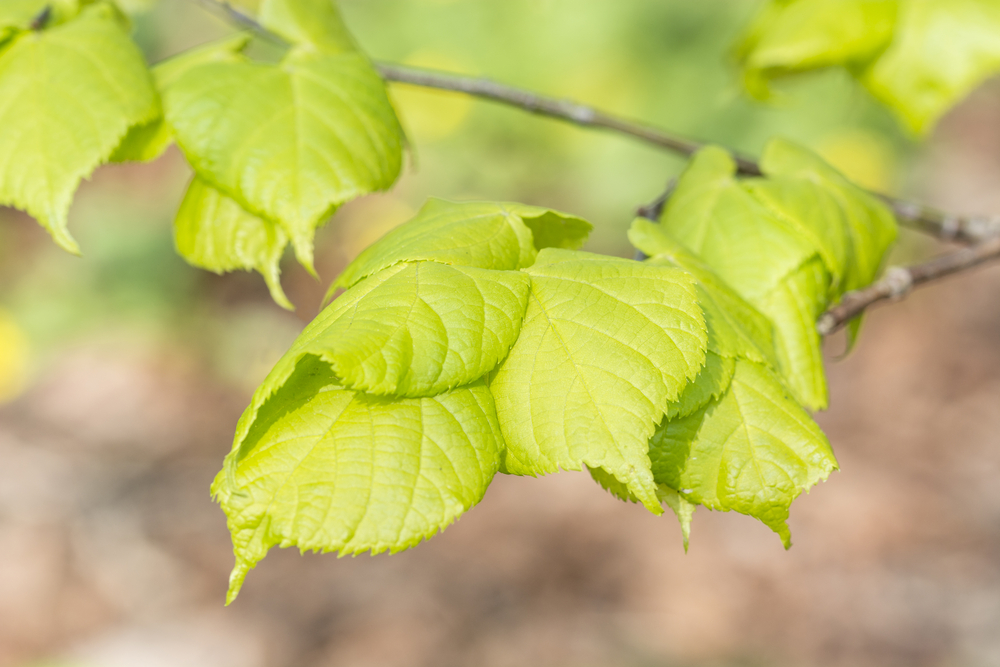
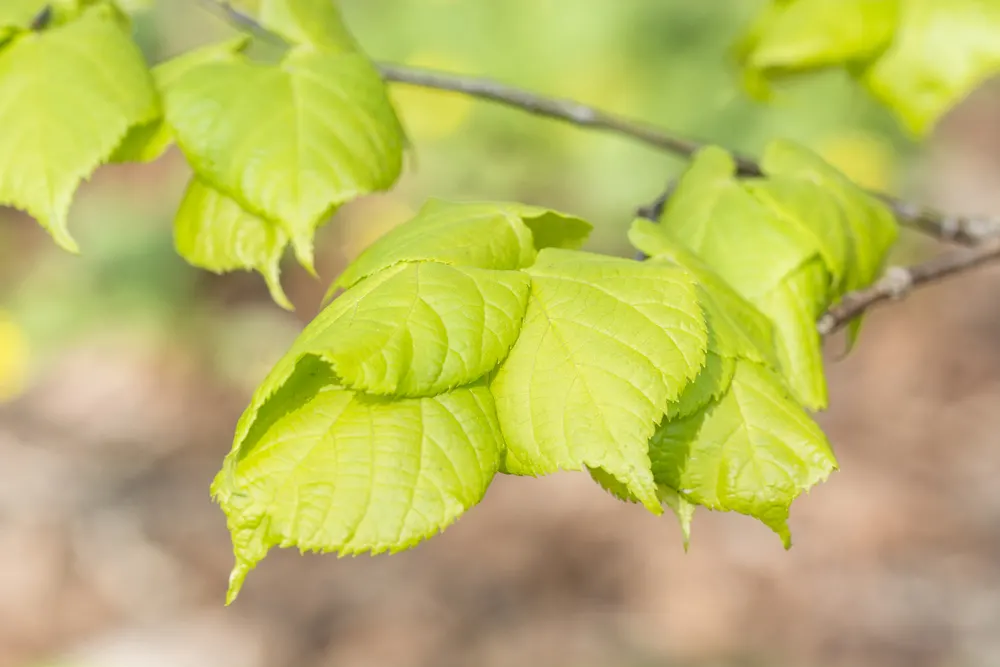
Linden bushes, the widespread lime, (Tilia x europaea), small-leaved lime bushes (Tilia cordata) and large-leaved lime bushes (Tilia platyphylos) have heart-shaped leaves.
Moreover they kind good when eaten youthful. They’ve a nice crispness that makes them resemble iceberg lettuce when utilized in a salad.
Nonetheless they’ve far more dietary revenue.
The leaves is perhaps harvested from spring applicable by to early autumn from the youthful growths on the underside of the tree.
In North America, the leaves of the American Linden (Tilia americana) are moreover implausible in salads. The leaves may probably be cooked as greens and used, like spinach or totally completely totally different cooked greens, in quite a few assorted recipes.
Lindens are good specific specific individual specimen bushes for gardens.
They entice wildlife, are dynamic accumulators, and so moreover work effectively in a woodland setting or a forest yard. They might moreover work effectively as part of planting for a windbreak or shelterbelt.
5. Mulberry
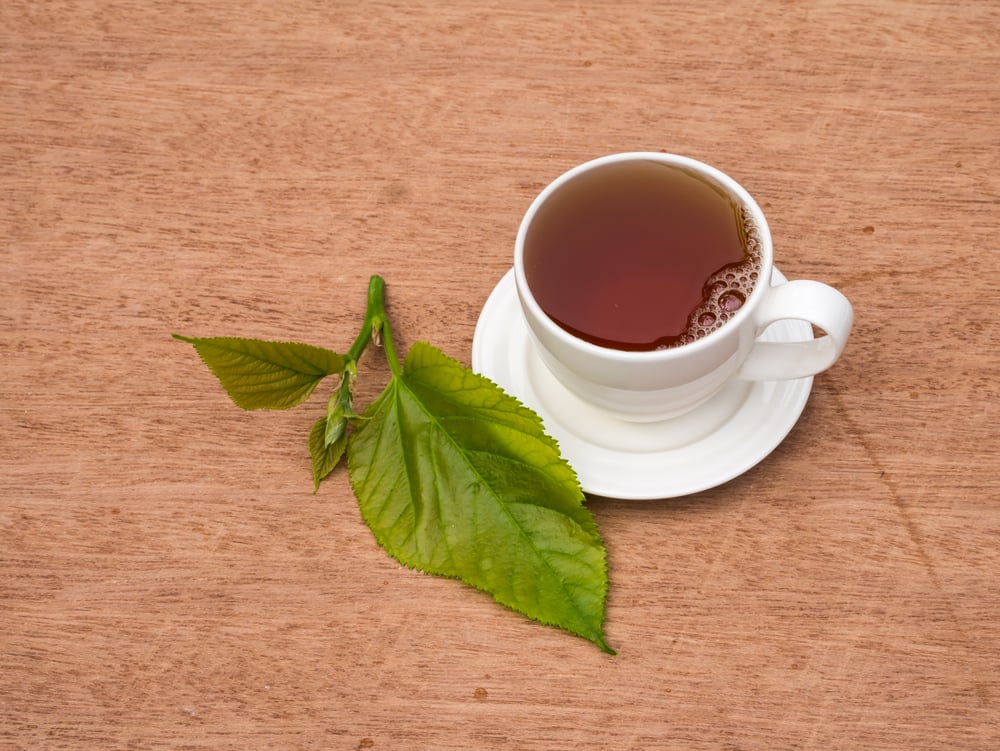
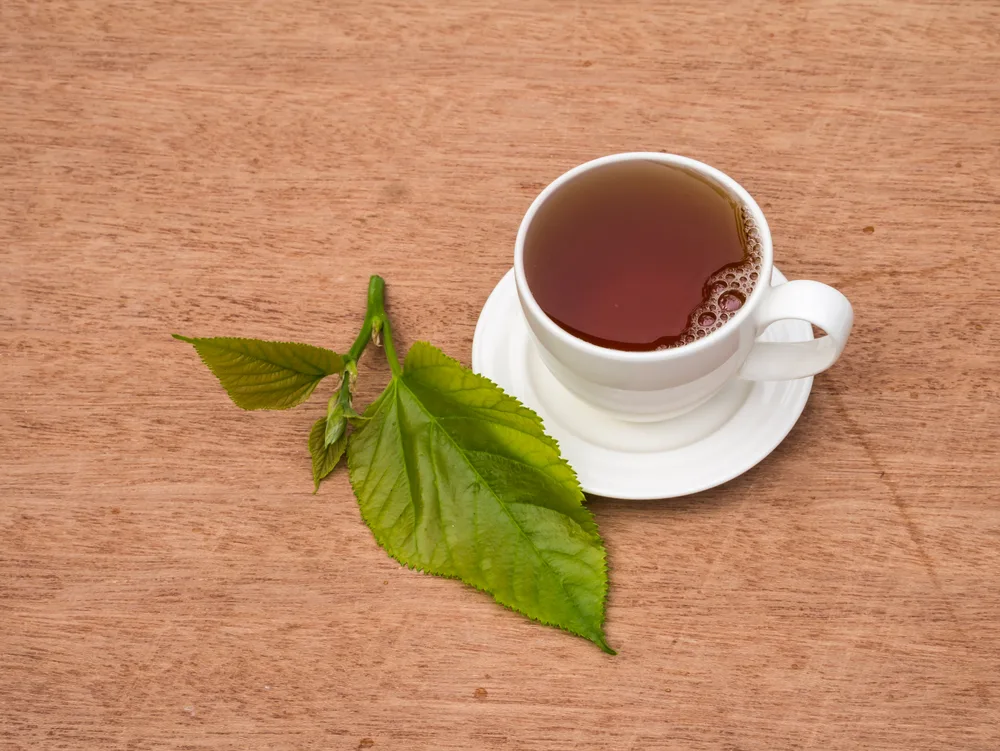
Mulberry bushes are a really useful tree. Not solely do they produce an edible crop of berries later contained within the yr, nonetheless along with they current leaves that might probably be eaten.
Mulberries are best acknowledged, most likely, as a quantity for the species of silkworm that make the silk used to make materials.
The worms eat the leaves previous to creating their cocoons. Nonetheless folks can eat them too. Nonetheless, you’ll have to don’t forget that the leaves should be cooked previous to they’re eaten.
You might boil them and discard the water, and use them as greens for quite a few recipes. You may additionally stuff them inside the identical methodology that you just simply merely would possibly stuff vine leaves.
Mulberry leaves have moreover been used for tons of of years to make tea.
Mulberries are small bushes which may probably be a wonderful choice for loads of pure gardens.
It is a quick grower and works effectively and produces appreciable berries in quite a few settings. A harvest of some leaves is solely an added bonus.
6. Maple
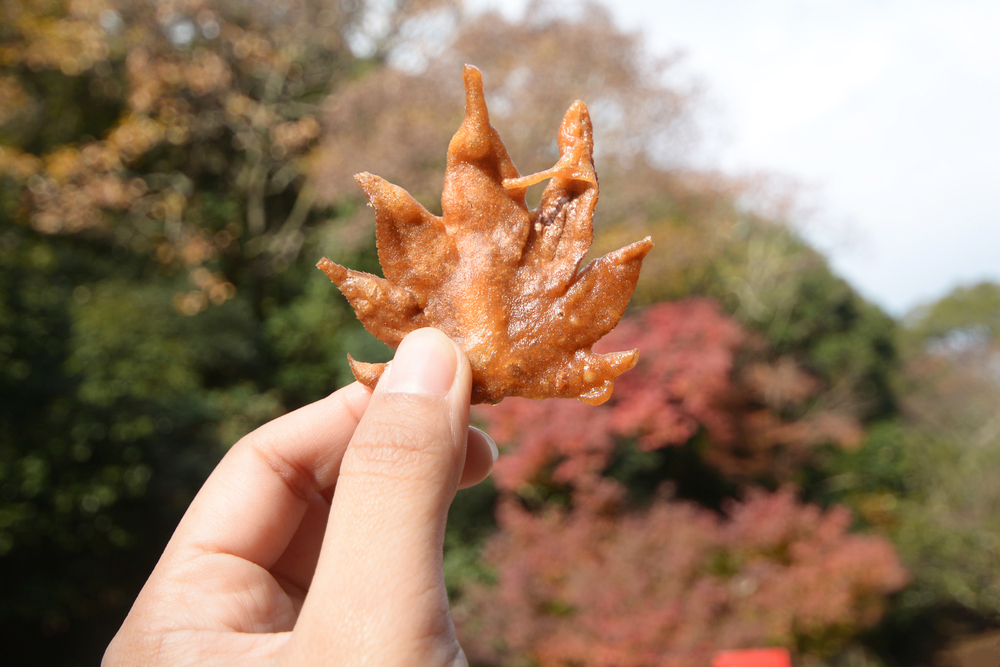
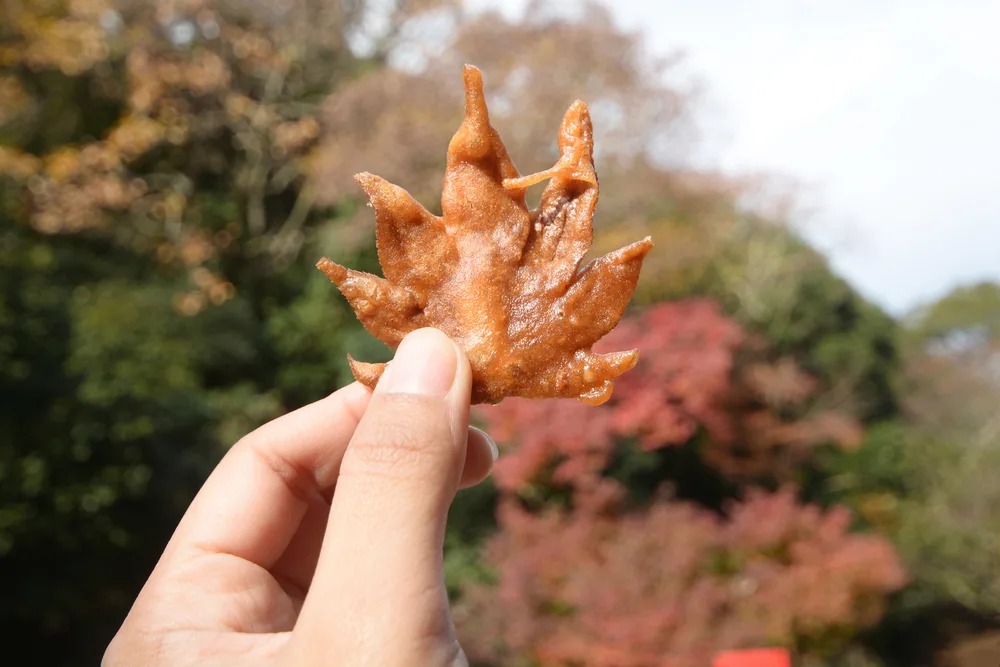
Maples are in any case best acknowledged for his or her sap, which is used to make maple syrup.
Wanting on the large, fibrous leaves, you is possibly shocked to be taught that they are edible. Nonetheless maple leaf tempura is an on a regular basis snack in Minoh Metropolis, in Japan.
You should buy healthful leaves from sugar, crimson and silver maples and alter to the identical recipe.
Endurance is required to eat these leaves.
They should be coated in salt and left in a sealed container in a cool, darkish space for ten months. They’re then coated in batter and fried.
Deep Fried Maple Leaves @ ediblewildfood.com
Maples are in any case good specimen bushes and can uncover a spot in fairly a number of gardens.
7. Goji
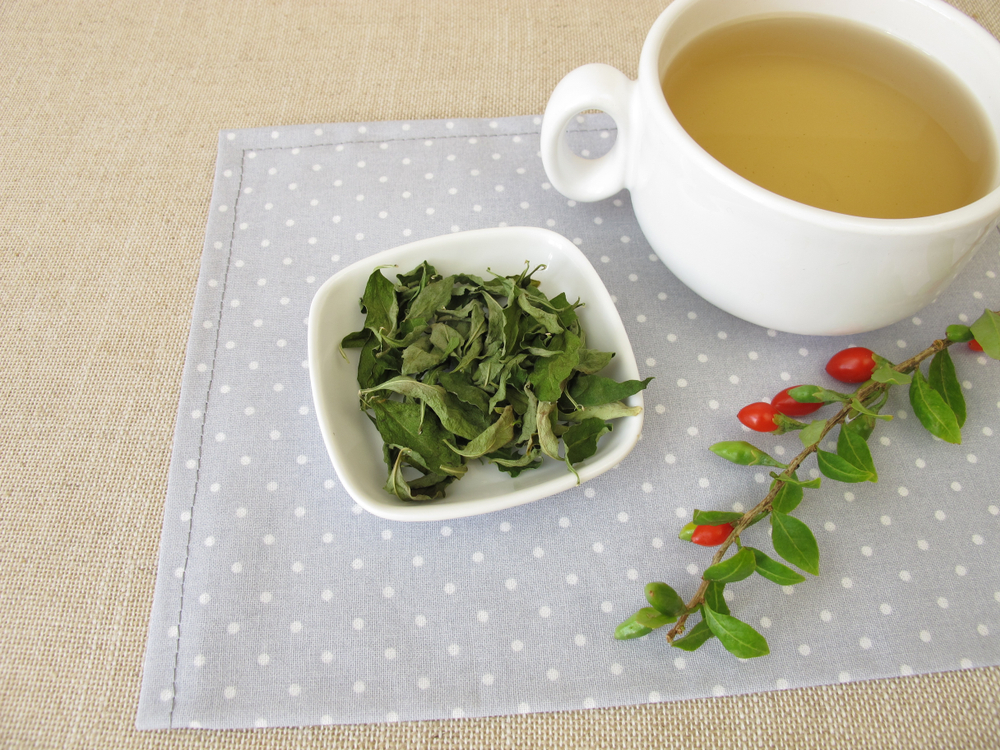
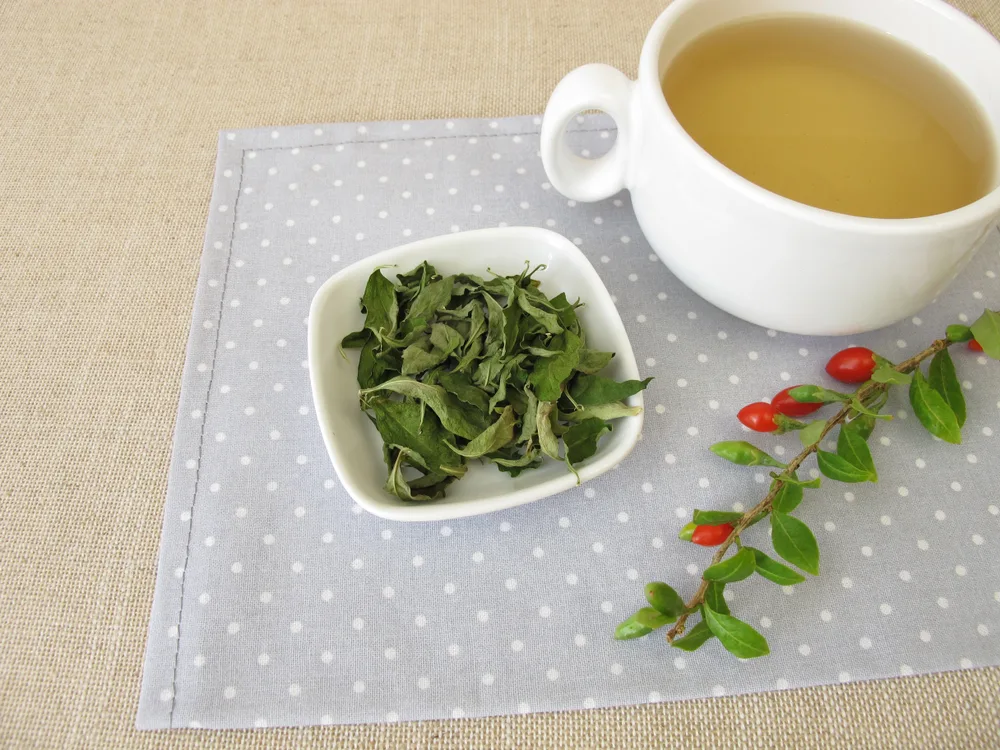
Goji berries are gaining notoriety as a ‘super meals’. Nonetheless the berries (furthermore often called wolfberries) mustn’t the one yield this tree can current.
The leaves of this small tree or enormous shrub are moreover delicious and nutritionally helpful.
They’re usually eaten raw (though are reasonably bitter). Nonetheless they’re best cooked in a stir fry or in a single completely totally different recipe.
Uncover, no toxicity has been seen. Nonetheless the tree belongs to a family of vegetation that at all times embrace toxins, so care must be taken.
Nonetheless, the utilization of the leaves is well-documented in fairly a number of areas. The kind is claimed to resemble cress. The leaves are moreover usually used as a tea substitute.
Goji is often grown for its berries, which is perhaps usually dried prior to make use of.
They’ve quite a few correctly being benefits. Nonetheless, the leaves is possibly a useful further yield.
Goji is native to southeast Europe to southwest Asia and is naturalized in some components of the British Isles.
It might be grown in USDA hardiness zones 6-9.
8. Moringa

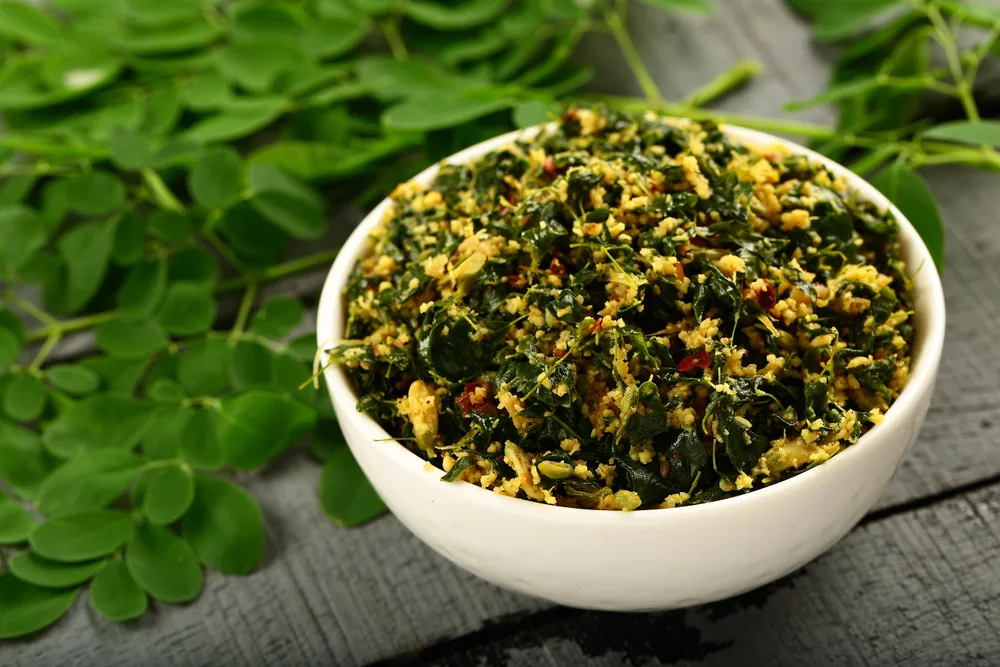
Moringa is native to East Asia and the Indian subcontinent and can develop in USDA hardiness zones 10-12. In warmth temperate and tropical climes, that is little doubt one amongst many best bushes with edible leaves.
The leaves is perhaps eaten raw.
They’re usually good in salads, nonetheless may probably be cooked and added to quite a few recipes as a multi-purpose inexperienced leaf vegetable. The kind is paying homage to horseradish, mustard greens or rocket, with a barely nutty kind.
Moringa is often employed in permaculture or pure rising designs contained within the associated native native climate zones.
It is a good pioneer species, a dynamic accumulator with deep taproots, and is often used for hedging, crop shade, alley cropping and in agroforestry or forest gardens.
The oil derived from the seeds and pods of this tree is the primary yield. Nonetheless as rapidly as further, the leaves often is a precise bonus.
9. Needles From Spruce, Pine & Fir
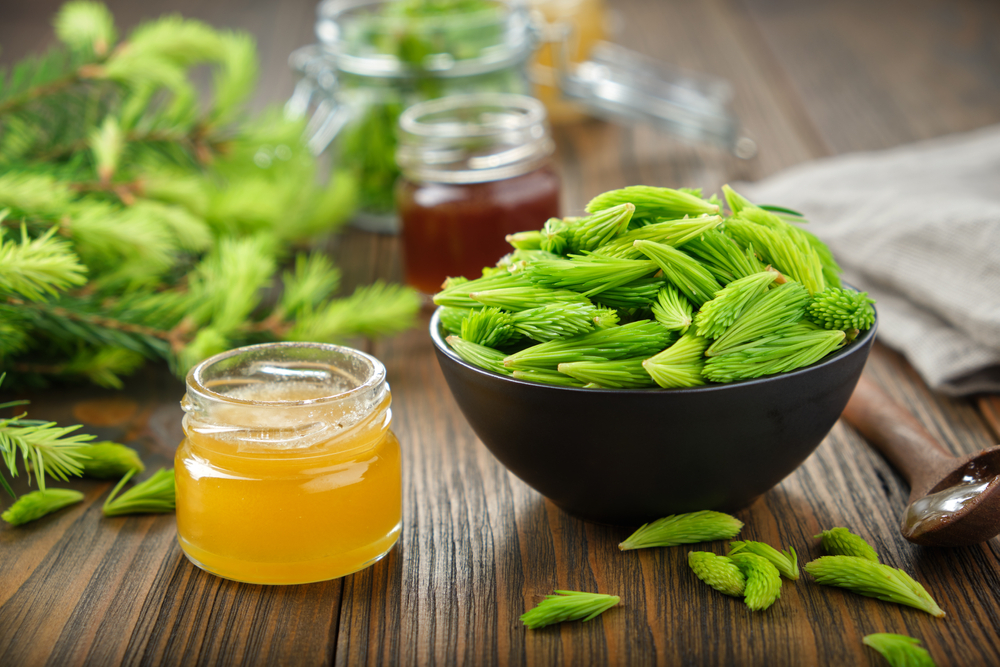
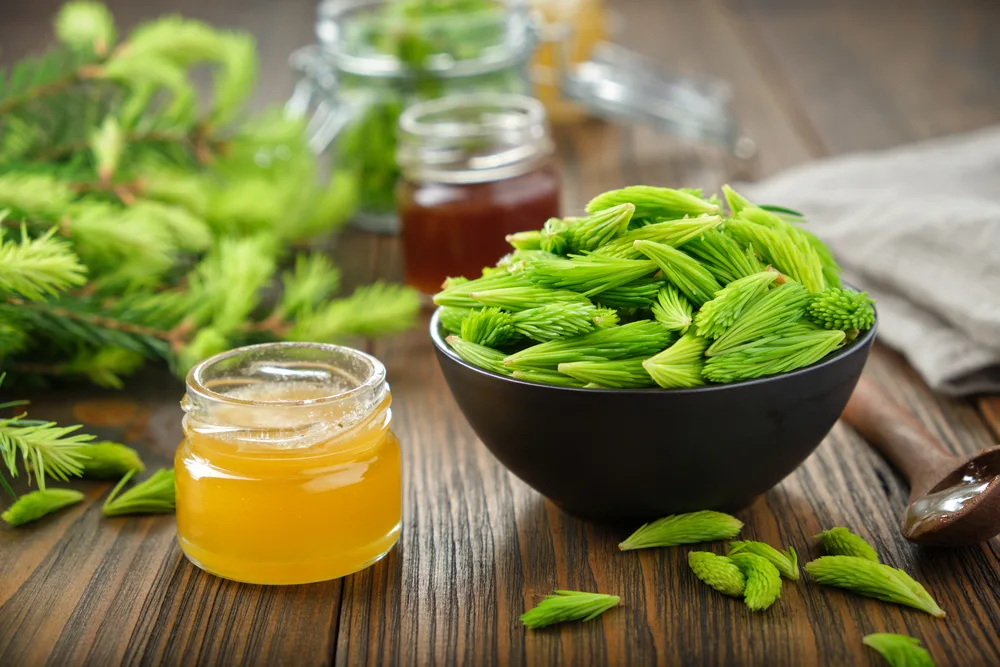
Together with exploring the bushes with edible leaves to develop in your yard, you furthermore wishes to consider the potential of the needles from spruce, pine and fir bushes.
All spruce, pine and fir bushes have needles that might probably be foraged and simmered in water to make a tea that might probably be very extreme in vitamin C.
Uncover, nonetheless, that yew, which could look identical to the above, is poisonous.
Guarantee, inside the event you occur to plan to forage needles to make tea, that you just simply’re fully optimistic that you’ve acknowledged the tree precisely.
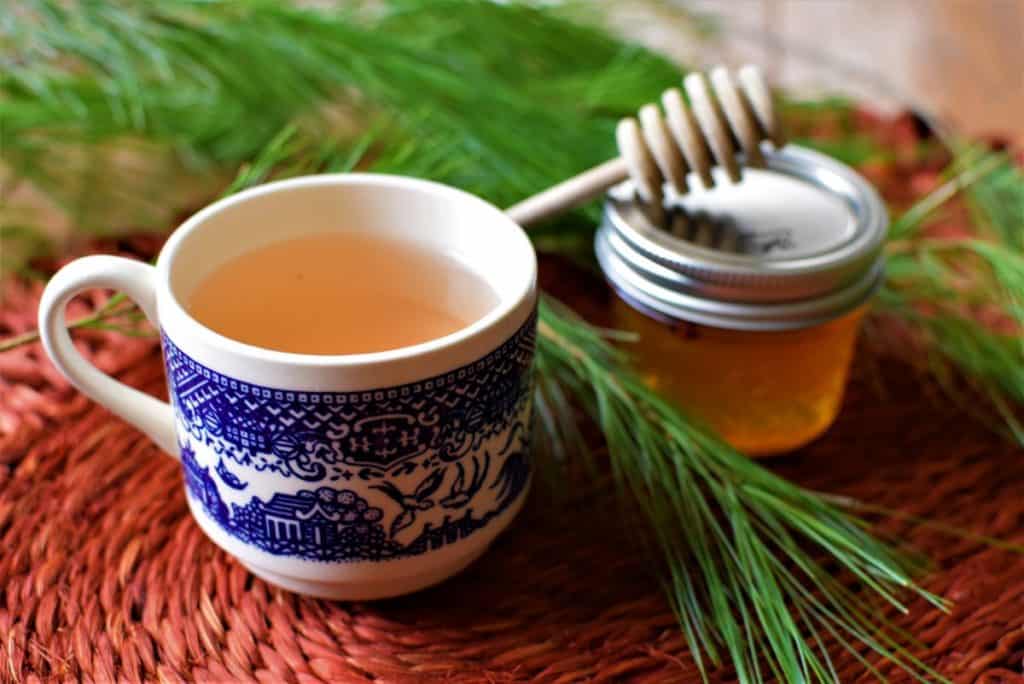
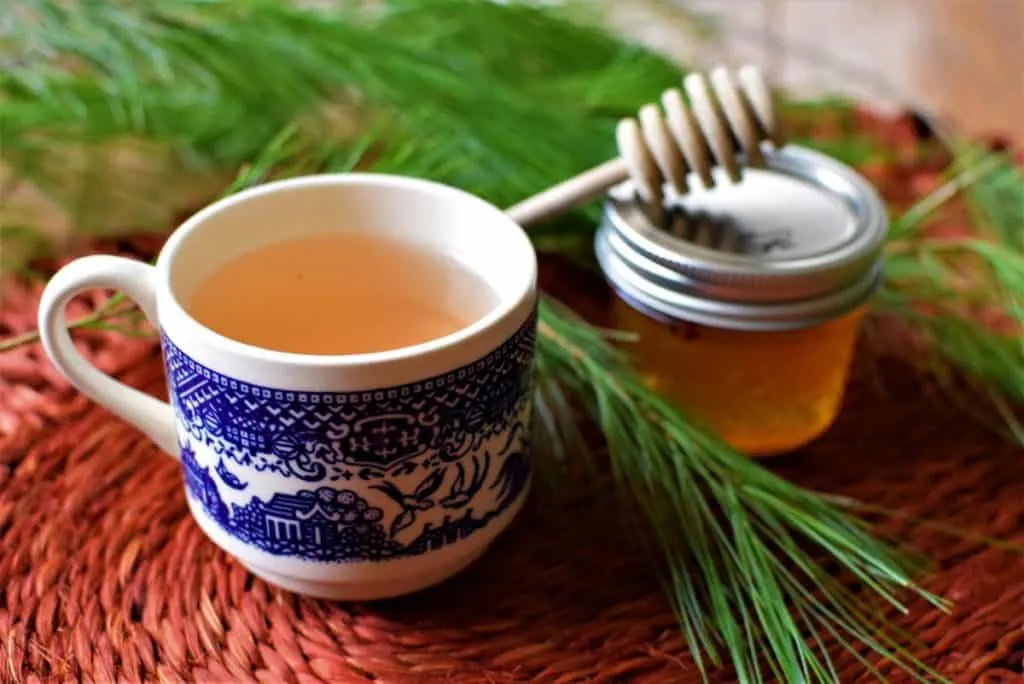
The stylish ideas of spruce contained within the spring may probably be dipped in honey and eaten, or steeped in apple cider vinegar to create a way surprisingly identical to that of balsamic vinegar.
For lots additional ideas using pine needles strive – 22 Spectacular Pine Needle Makes use of You’d On no account Have Thought Of
10. Walnut
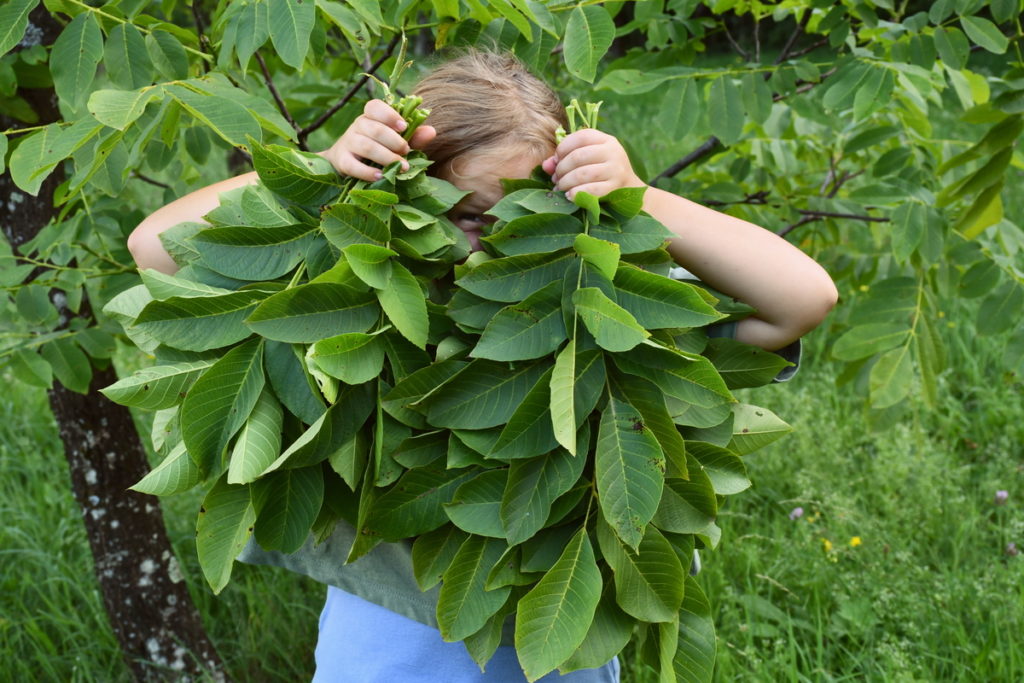

Ideally the English walnut, although black walnut leaves is perhaps utilized for some components. Cheryl has an entire article about strategies to take advantage of walnut leaves, along with tea and walnut leaf liquor.
6 Good Makes use of for Walnut Leaves You On no account Knew
Do you develop any of the bushes talked about above? Have you ever ever ever ever eaten their leaves (or needles)?
If not, it’s probably time to ‘division out’ and offers them a go. Forage them out of your house, or develop your particular specific individual in your yard.
And don’t stop there, you’ll should evaluate.
7 Makes use of For Citrus Leaves You’ve Obtained To Strive
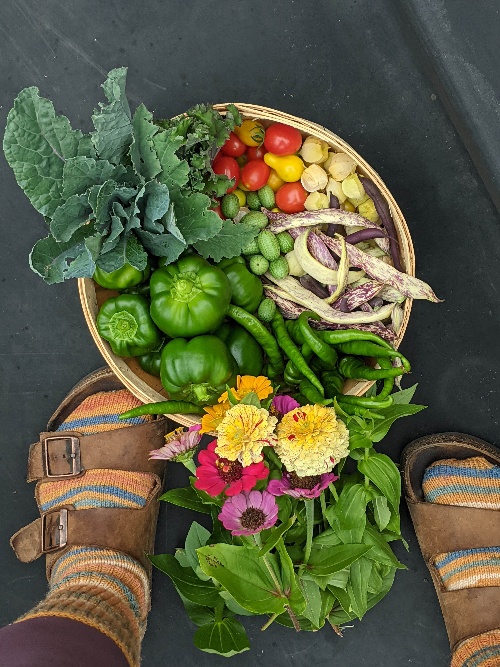
Get the well-known Rural Sprout publication delivered to your inbox.
Along with Sunday musings from our editor, Tracey, along with “What’s Up Wednesday” our roundup of what’s in season and new article updates and alerts.


